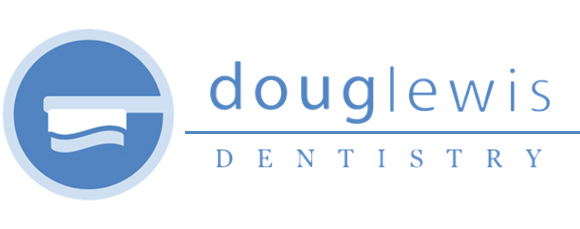Most people know they’re supposed to brush their teeth twice a day, with daily flossing thrown in as well. People who choose to neglect this dental duty often think the only drawback will be an ever-multiplying collection of cavities and fillings. Unfortunately, if you neglect your dental health, the consequences could be much more severe.
The long term buildup of plaque can lead to gingivitis, a periodontal disease which will result in swollen and discolored gums which are sensitive to the touch, and halitosis, otherwise known as chronic bad breath. While gingivitis is treatable, it can lead to periodontitis, a non-treatable disease which will ultimately result in tooth loss.
Unfortunately, even people who are incredibly consistent with their dental hygiene routine can find themselves with gingivitis. Follow this guide to keep your gums in good health and prevent the onset of gingivitis, or fight an already diagnosed case of gingivitis.
Brush Regularly
Plaque ordinarily takes 12 hours to build up, so cleaning your teeth first thing every morning and before bed each night is a minimum. Try brushing after each meal to greatly improve your dental health.
Brush Well
Merely touching a brush to your teeth won’t be enough to get them truly clean. First, you should be using an electric toothbrush that vibrates in order to best clean your teeth. The bristles on the brush should be at a 45 degree angle, and replaced every 2 or 3 months. A dirty brush head won’t clean your teeth.
A good brushing should take at least 2 minutes. An effective way to manage this time is to break your mouth up into 4 quadrants, and spend 30 seconds on each quadrant, varying between side to side and up and down brushing motions. Make sure to cover both sides of each tooth and don’t neglect your tongue, either.
Floss at Least Once a Day
Most people, myself included, find flossing to be quite unpleasant. But it isn’t optional if you value your dental hygiene. There are a variety of different floss types available, so find the one that best fits your mouth and develop a routine with it. Some people like to keep floss in their car or next to their TV remote so they will be regularly reminded to use it.
Make sure you floss firmly in between all of your teeth – even the ones in the back that are tough to get at.
Use Mouthwash
Mouthwash is a good way to get rid of any extra plaque, food, or general germs that may be hanging around in your mouth after a cleaning. Any type of mouthwash will be helpful, but a mouthwash containing fluoride will be especially beneficial to your teeth. Fluoride mouthwash will not only wash out any leftover plaque or food, but actually strengthen the enamel on your teeth while it works.
See a Dentist Every Six Months
The only way to be confident that your dental hygiene routine has been effective is to get it confirmed by a dental health professional. Regular trips to the dentist will help you improve your regular dental hygiene routine, as well as give your mouth a completely fresh start every 6 months. Free floss doesn’t hurt, either.
Getting Rid of Gingivitis
There is no need to panic if your regular dental exam and cleaning reveals gingivitis has already hit your mouth; a diagnosis of gingivitis is actually treatable if caught early. Follow these tips to recover from a case of gingivitis, before you end up losing your teeth.
Get Diagnosed
At the first possible signs of gingivitis, have a doctor take a look and confirm whether or not you have the disease. This will be the first step on the road to recovery.
Make a Plan with Your Dentist
Your dentist will know best how to rid your mouth of gingivitis, so you should form a plan with him or her in order to fight off the disease.
Improve Your Dental Hygiene
When it comes down to it, many of the steps of getting rid of gingivitis are the same as the ones necessary to prevent gingivitis, only ramped up. Once the disease has already found a home in your mouth, you have to be even more diligent about flossing, brushing, and using mouthwash to get rid of it. Visits with your dentist may have to be more frequent than every six months until you receive a clean bill or health.
